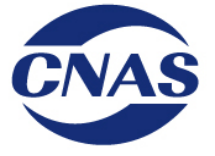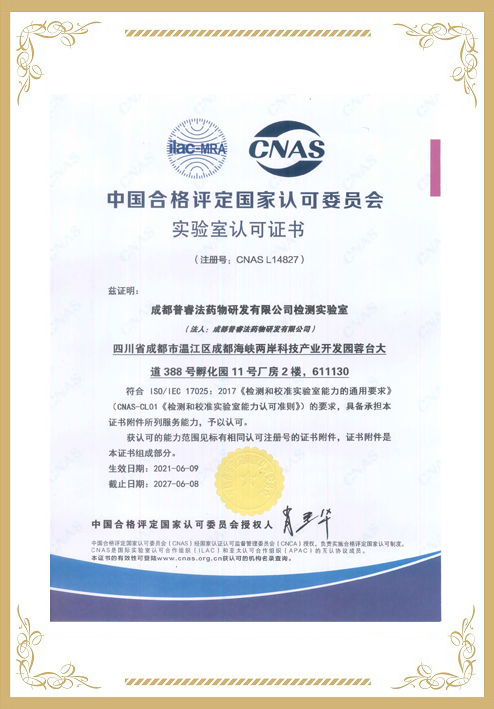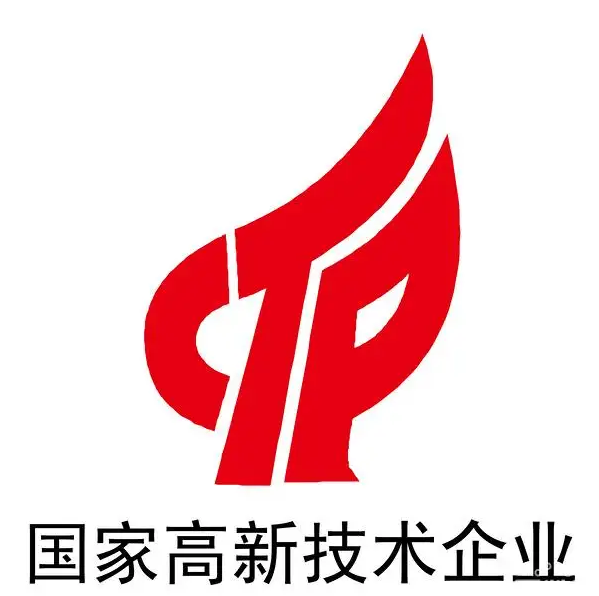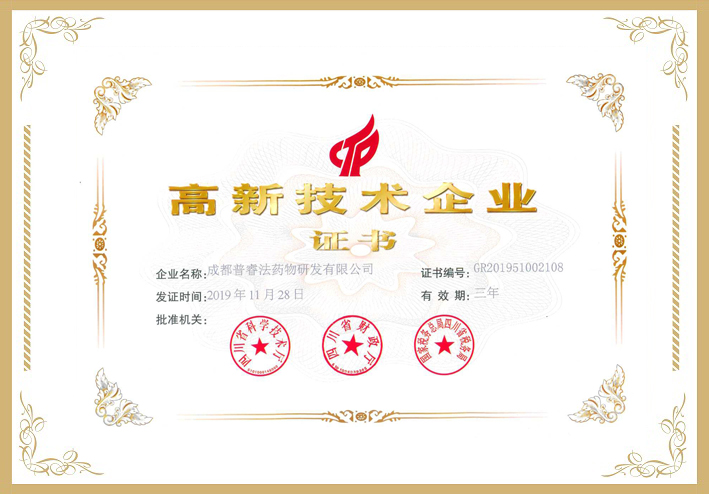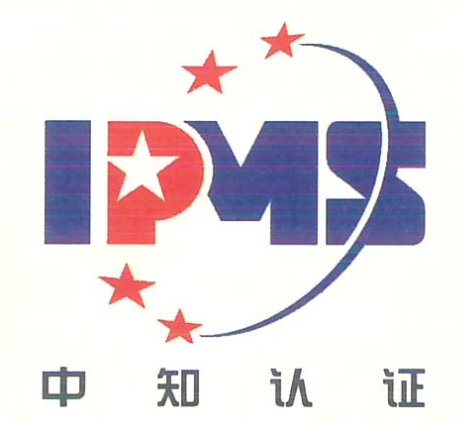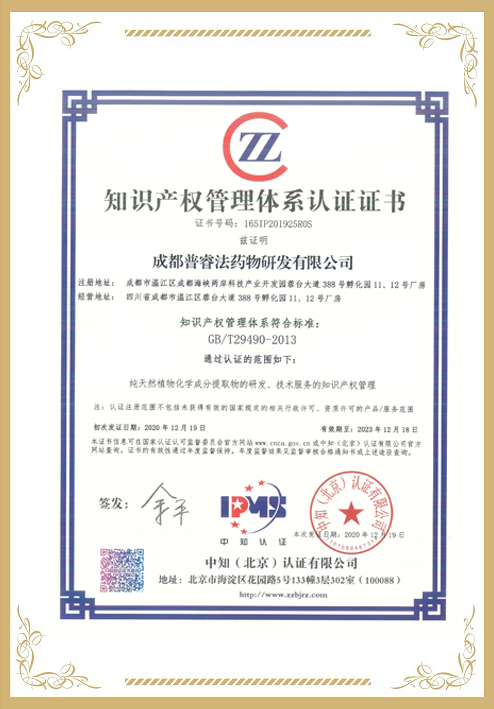Abstract
Pluchea indica (L.) Less. (P. indica) tea has been used for a health-promoting drink, especially in Southeast Asia. The effect of P. indica tea (PIT) on amelioration of hyperglycemia; dyslipidemia that was total cholesterol (TC), LDL-cholesterol (LDL-C), HDL-cholesterol (HDL-C), and triglyceride (TG); and obesity in high fat diet-induced (HFD) mice was investigated. Oral glucose tolerance test (OGTT) displayed that PIT at 400 and 600 mg/kg orally ameliorated hyperglycemia with a dose-dependent manner compared to the untreated group. Moreover, PIT at these dosages exhibited significantly lower TC, LDL-C, TG, and perigonadal fat weight in HFD treated mice compared to HFD mice () with a dose-dependent manner. In contrast, HDL-C was higher than in the HFD group, but not a significant difference (). The PIT chemical analysis results demonstrated that PIT contained total phenolic content (TPC), total flavonoid content (TFC), 4-O-caffeoylquinic acid (4-CQ), 5-O-caffeoylquinic acid (5-CQ), 3,4-O-dicaffeoylquinic acid (3,4-CQ), 3,5-O-dicaffeoylquinic acid (3,5-CQ), 4,5-O-dicaffeoylquinic acid (4,5-CQ), beta-caryophyllene, and gamma-gurjunene that may play an important role in inhibiting hyperlipidemia and hyperglycemia. Also, histological analysis expressed that the mean area and amount of perigonadal fat adipocytes of PIT treated groups were significantly lower and higher than the HFD group (), respectively. The toxicity test of PIT at 600 mg/kg/day in mice showed that serum creatinine, alanine transaminase (ALT), alkaline phosphatase (ALP), and complete blood count (CBC) levels of HFD and PIT treated groups were not significantly different compared to the normal control diet group (NCD) (). These results suggest that PIT does not become toxic to the kidney, liver, and blood. In conclusion, PIT has the potential to develop into healthy food supplement or medicine for the prevention and treatment of hyperglycemic, hyperlipidemic, and obese patients.
A total of 10% neutral buffered formalin solution, sucrose, D-(+)-glucose, xylenes, Mayer’s hematoxylin solution, eosin Y solution, simvastatin, and glibenclamide were obtained from Sigma-Aldrich Chemical Co. (St. Louis, MO, USA) and 60% fat calories mouse diet or high fat diet (% composition: protein 20%, fat 36%, fiber 0%, ash 3.5%, moisture < 10%, and carbohydrate 35.7%) was purchased from Bio-Serv (Frenchtown, NJ, USA). 5-O-Caffeoylquinic acid (5-CQ), 4,5-O-dicaffeoylquinic acid (4,5-CQ), 4-O-caffeoylquinic acid (4-CQ), 3,5-O-dicaffeoylquinic acid (3,5-CQ), and 3,4-O-dicaffeoylquinic acid (3,4-CQ) were purchased from Chengdu Biopurify Phytochemicals Ltd., (Sichuan, China). All reagents used were analytical grade.
















